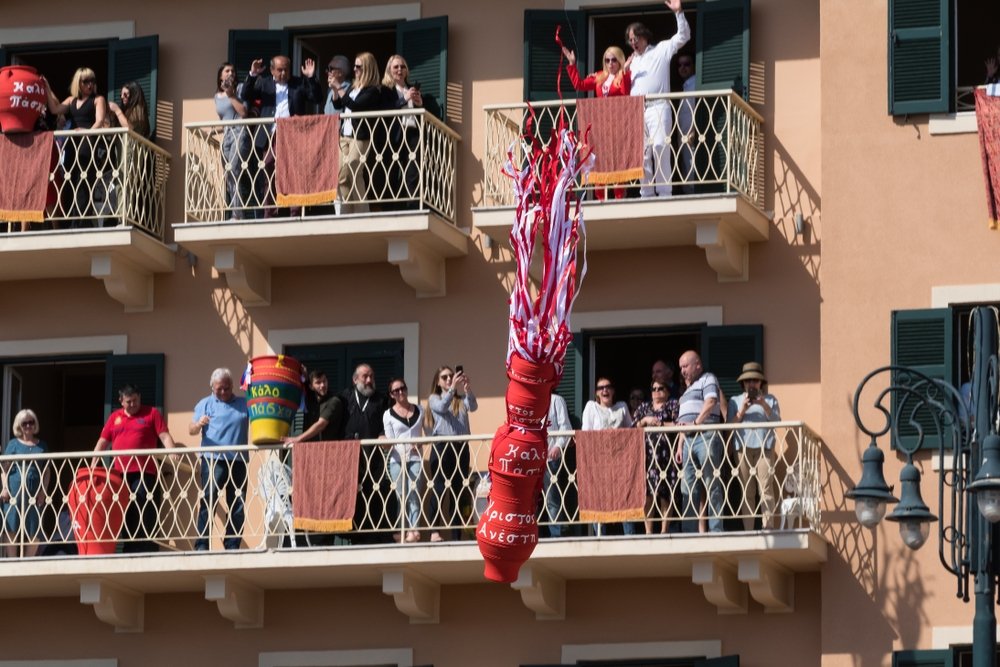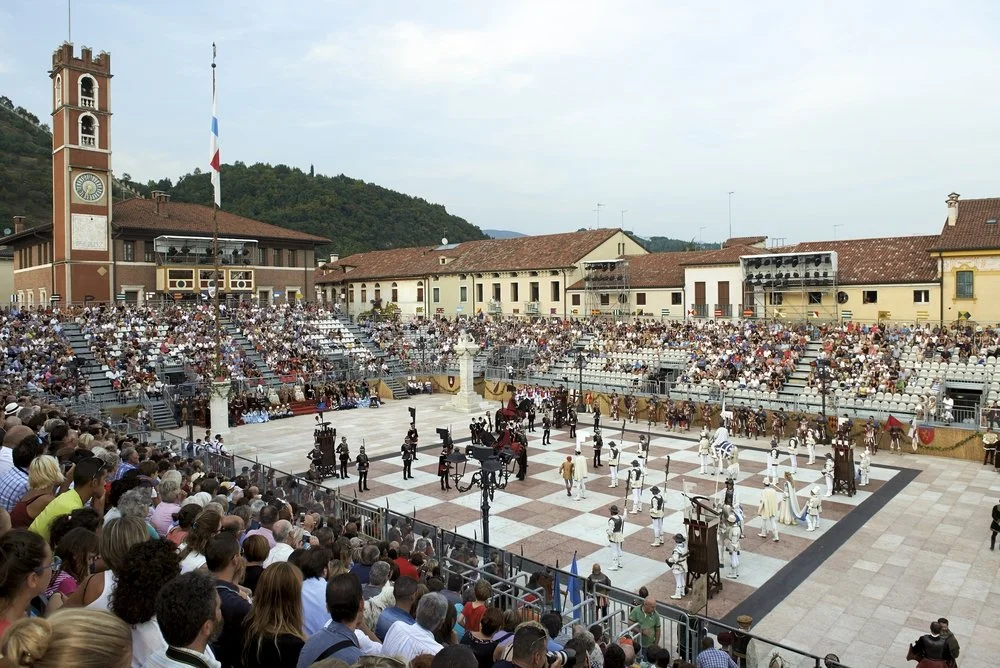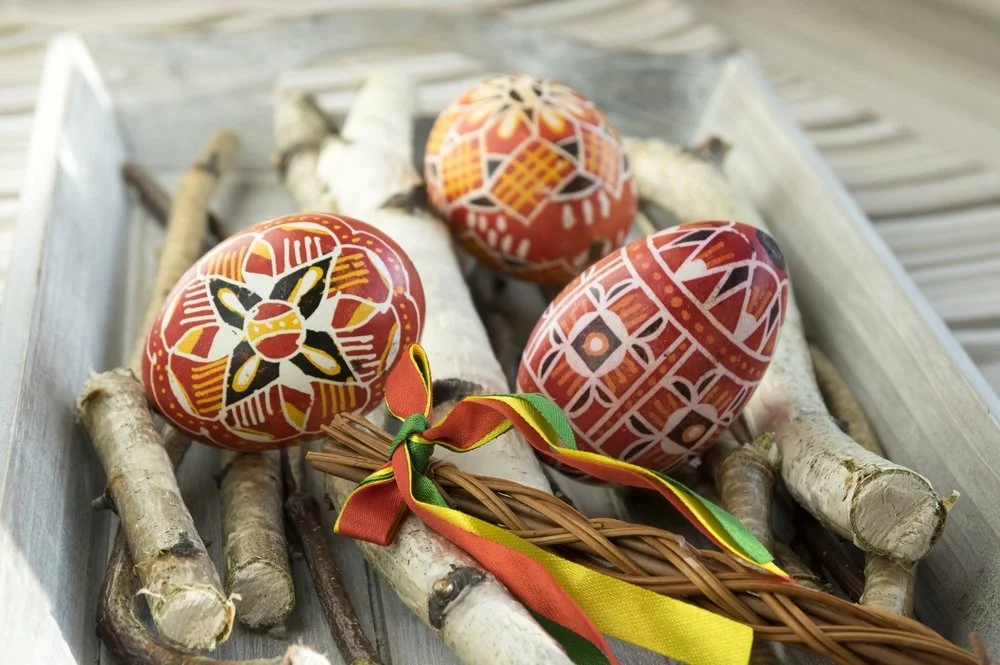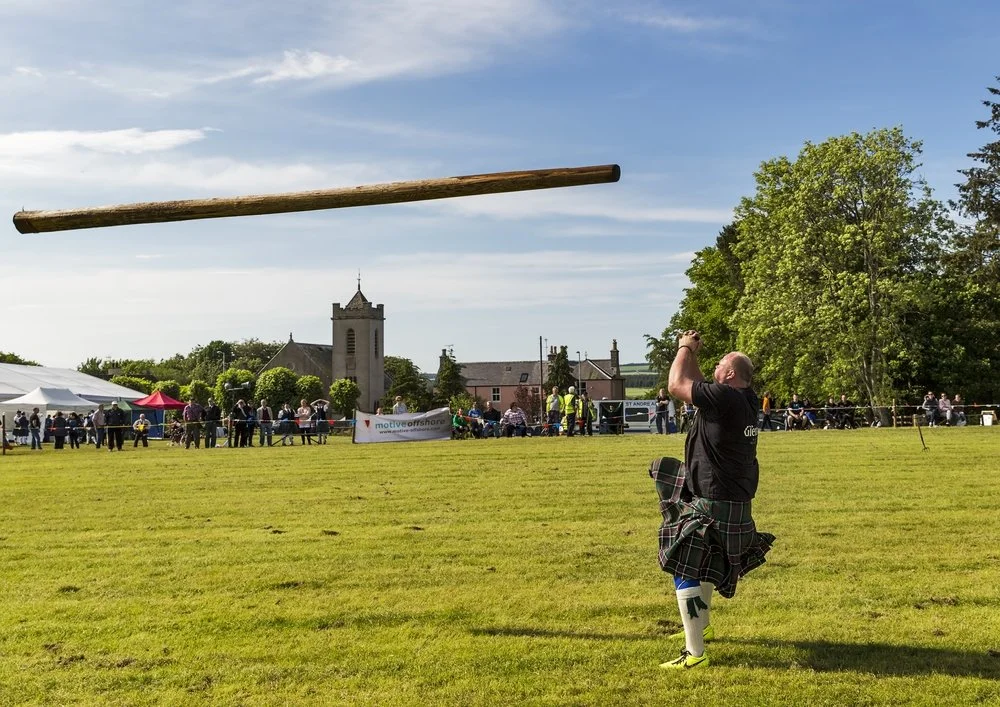7 Unusual Traditions Around Europe
It’s not madness, it’s a tradition
Some of these traditions go back hundreds and hundreds of years. From a human chess game to killing bears, you’ll find a selection of some truly bizarre events.
Throwing pottery out of windows, Corfu, Greece
According to this popular belief, it originated with Venetians who ruled Corfu from the 14th until the 18th century — D_Zheleva / Shutterstock
During this tradition, large jugs with water are thrown from balconies onto the ground in the town’s center. Every time it attracts a large crowd of people excited to witness pottery being smashed into pieces.
Called botides, this Greek Easter Orthodox tradition marks Holy Saturday also known as First Resurrection. According to this popular belief, it originated with Venetians who ruled Corfu from the 14th until the 18th century. They would, supposedly, throw out their old belongings at the start of the new year to make room for new belongings in the new year.
When the Greeks adopted the tradition, they moved it to Easter, one of the most important celebrations in the Greek calendar, and introduced pottery into it.
“Partita a Scacchi”, Marostica, Italy
The tradition originates in a legend from the 15th century — m.bonotto / Shutterstock
Every two years in September, the town of Marostica in Northern Italy very proudly hosts a human chess game.
The tradition originates in a legend from the 15th century. Two gentlemen challenged each other to a duel over Lionora, a woman they both loved. But her father, the lord of the Marostica’s castle, decided they should play chess instead. Lionora would marry the winner while her younger sister Oldrada would end up with the loser.
Since then hundreds of people in costumes participate in the biannual match which takes about two hours to complete.
Easter whip, Czech Republic & Slovakia
After whipping, the woman gives the men specially decorated Easter eggs — Shutterstock
Only on one day of the year, Easter Monday, it is allowed for the male population of these two Central European countries to walk around town and whip girls and women for luck and fertility.
Boys braid a special whip mostly from willow branches and decorate it with ribbons. Then they go from house to house and sing a spring-themed song and take a few whacks at the woman’s bottom. Afterward, the woman gives them specially decorated Easter eggs and usually strong liquor, such as slivovitz, is involved, too.
The whipping might be a little painful but it’s not meant to cause any suffering. And on the upside, if a man comes after 12:00, women throw a bucket of cold water on them.
Ursul (Bear Dance), Romania and Moldova
The performers dress in real bearskin (the heaviest can weigh up to 50 kg) — Augustin Lazaroiu / Shutterstock
The annual winter event symbolizes death and rebirth of time, and it should also ward off the evil spirits. It takes place between Christmas and New Year and despite perhaps being a little controversial, it attracts the whole community.
The performers dress in real bearskin (the heaviest can weigh up to 50 kg) and dance to the rhythms of pan flutes and drums after having been practicing for about three months prior to the ceremonies. Usually, the procession comprises anywhere between six and 24 bears, bear tamers and characters dressed as women.
The ceremony includes acts and dances, such as bear tamers hitting the bears with horsetails and women hitting them with sticks. The bears die during the central act and are resurrected as a symbol of renewal.
Sinjska Alka (Chivalric Tournament), Dalmatia, Croatia
Knights on horses at full gallop use their lances to hit an iron target of two rings — Josip-Markovic-Cro / Shutterstock
On the first Sunday of August, the small town of Sinj organizes its annual chivalric tournament dating back 300 years.
Knights on horses at full gallop use their lances to hit an iron target of two rings. However, the event has its restrictions: only men born in the region of Sinj can participate in the event.
It was established at the beginning of the 18th century after the victory of the Sinj knights over an army of Turkish. The name alka, meaning ring, also comes from Turkish and reflects the cultural and historical coexistence of the two civilizations.
Caber Toss, Scotland, UK
The name caber comes from the Gaelic word cabar or kaber, meaning a wooden pole — JASPERIMAGE / Shutterstock
Practiced at the Scottish Highland Games, the traditional Scottish athletic event involves kilt-clad lads tossing a large pole called caber. Contrary to modern sports, the tossing isn’t about how far the pole lands, it’s about the position it lands in.
One of the pole’s ends is slightly thinned so the competitors can easily hold it. Before the actual toss happens, the tosser (also called thrower) balances it out and makes a short run. The pole has to hit the ground with its larger end and land flat with the thinner end facing away from the tosser.
The name caber comes from the Gaelic word cabar or kaber, meaning a wooden pole. This pole is usually somewhere between 16 and 22 feet long and between 100 and 180 pounds heavy.
Bathtub Regatta, Belgium
Every year the competition adopts a different theme and contestants are encouraged to decorate their boats to most represent their region — Podolnaya Elena / Shutterstock
This one-kilometer long race down the River Meuse in Belgium’s Dinant found its origins back in 1982. One of the prerequisites of winning against up to 49 other contestants is that the floating device must be made out of a bathtub.
Every year the competition adopts a different theme and contestants are encouraged to decorate their boats to most represent their region. Taking place on 15 August each year, it’s free for both contestants and watchers.








